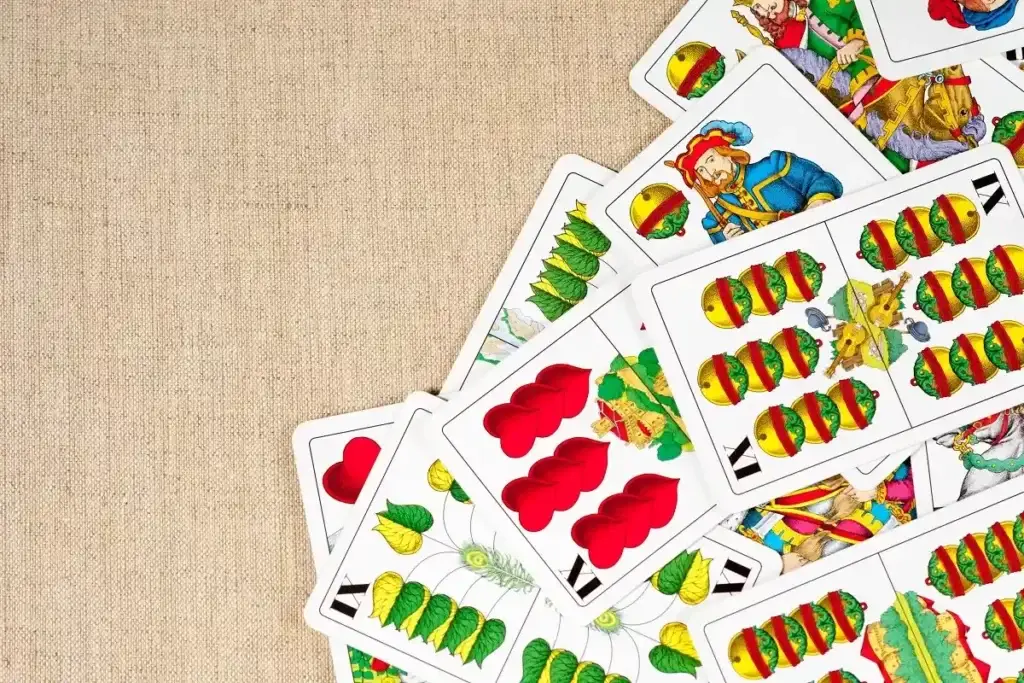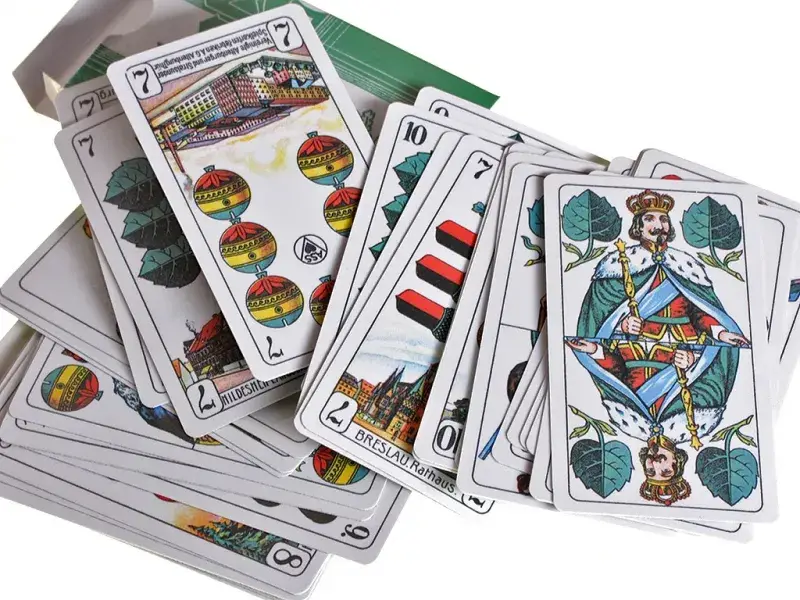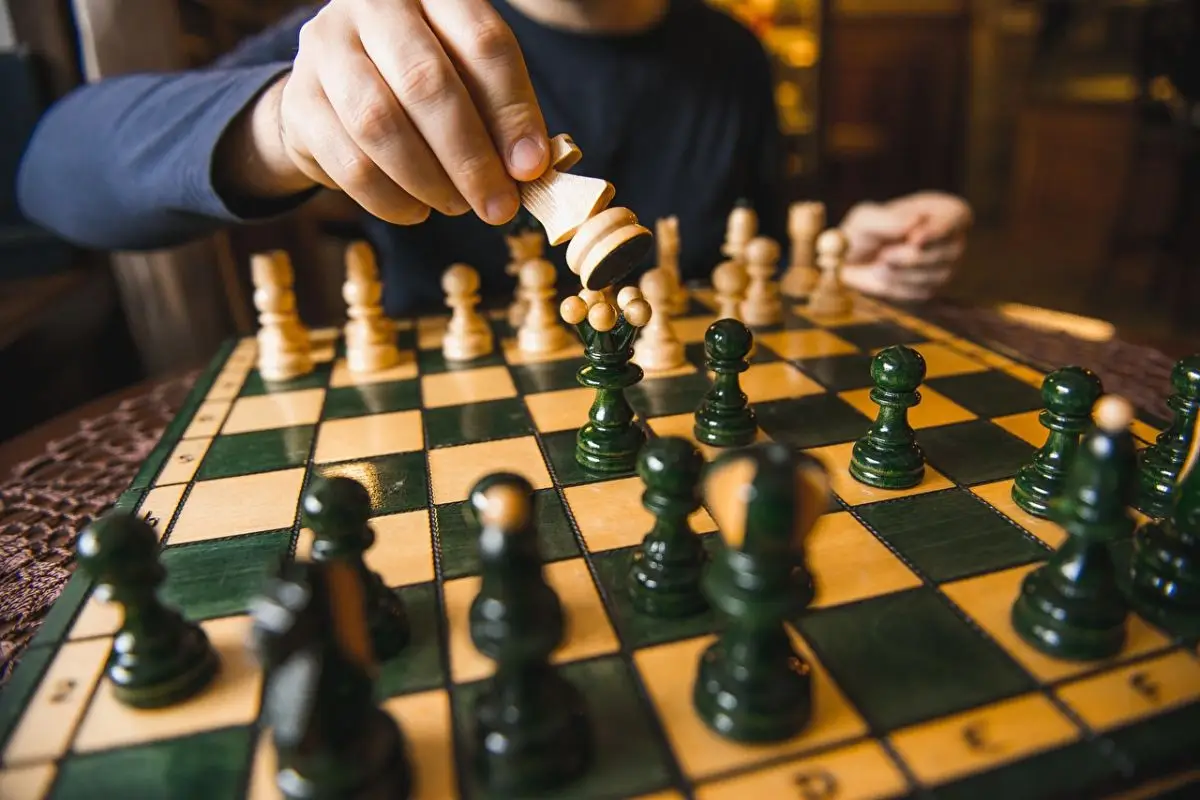Scat is not just another card game, but a popular cultural phenomenon among lovers of intellectual entertainment. Its origins date back to German lands in the early 19th century and today the format has captured the hearts of many, making it one of the most popular card sports. In this article, we look at everything that makes Scat so unique, from the rules and intricacies of the game to its sporting significance and cultural aspects.
Why is the game Skat popular in Germany and other countries?
The format is hugely popular in Germany and other countries because of its historical roots and social significance. German Skat originated in the early 19th century and quickly became part of the country’s cultural heritage. The game combines intellectual challenge with excitement and creates an ideal environment for people who love strategy and can make informed decisions. It appeals not only to older people but also to younger ones, bringing different generations together at the same table.

How Scat became an official sport
The format has become a sports competition thanks to regular competitions and official organisations promoting it as a sport. Scat tournaments bring together participants from all over the world, offering a demonstration of competitive spirit and the opportunity to test their strategic skills.
The game is supported by the German Skat Federation, which actively promotes the competition. An important milestone was the organisation of international tournaments, making it possible to reach a global level and attract the attention of players from other countries. In Skat, not only the ability to make quick and accurate decisions is important, but also stamina, the ability to handle stress and maintain concentration throughout the game.
Features:
Three participants: unlike most card games, Skate involves only three players.
Roles in the game: In each round, one participant becomes the solo player and the other two play against him/her.
Complex sharing rules: each round starts with a sharing phase, in which participants bet who will take the initiative. This part requires them to evaluate not only their cards, but also the potential of their opponents.
Basic rules of Scat: from basics to nuances for professionals
 Learning the rules is the first step to becoming a true master. The basics are easy to understand, but it takes practice and perseverance to master all the nuances.
Learning the rules is the first step to becoming a true master. The basics are easy to understand, but it takes practice and perseverance to master all the nuances.
Cards and starting layout:
- Type of card game: Play with a 32-card pack of cards from 7 to Ace.
- Starting layout: Each player gets 10 cards and two cards go to the so-called ‘Scat’, which is temporarily set aside.
- Types of colours: Each colour has its own priority and can become trump, depending on the tactics chosen by the host.
The main game types in Scat
Each variant has its own tactical features:
- Playing with trump: one of the colours becomes trump, changing the strategy and priority of the cards.
- Playing without trump: the participant can choose a format without a trump colour, which increases complexity and requires more precise calculations.
- Ram games: this option brings extra points and higher stakes, making every move extra important.
How to avoid common beginner mistakes:
- Overestimating cards: many beginners tend to think their combinations are stronger than they really are. It is important to evaluate their chances objectively.
- Not dealing: This stage often determines the outcome of the whole game.
- Misunderstanding of roles: it is important to remember that roles change every round and strategy should be adapted to the role, whether you are playing alone or in a team.
The history of Scat: how a traditional card game became a source of national pride
The history of this format dates back to the 19th century and over the course of its existence, the game has become not only popular but also a symbol of intellectual entertainment in Germany.
Origins in the German town of Altenburg
It is believed that the format originated in the early 19th century in the German town of Altenburg. The inhabitants adapted the then existing card games and created something completely new: Scat played an important role in social life, bringing together people from different walks of life. The first official references appeared in the 1810s, when the format began to gain popularity beyond Altenburg and spread throughout Germany.
Development and popularisation of the game
Its history is inextricably linked to its popularisation on the international stage. At the end of the 19th century, the first Skat tournaments appeared, making the game more organised. At the beginning of the 20th century, the first official rules were drawn up and by mid-century, large-scale competitions were organised. The first world championship was held in 1998.
Influence of skat on German culture
Skat is still an integral part of German culture. It has become a symbol of intellectual recreation and regularly brings people from all walks of life together at gaming tables. The format is still popular in German pubs and bars, where friendly tournaments are often held. Literary works and films featuring scenes from the game attest to its importance to German cultural identity.
Ice skating as a sport: what does it have in common with classical sport?
At first glance it may seem like mere entertainment, but in reality it has a lot in common with classical sport. Skateboarding tournaments are organised on an international scale and have strict rules of play. Participants compete for prestige and prize money:

- Regular championships: several major tournaments are held every year, including international competitions featuring the best players in the world.
- Ranking system: as in traditional sports, participants receive ranking points for their victories, encouraging their further development and participation in new competitions.
- Prestige and rewards: winning major competitions brings not only financial rewards, but also respect in the player community.
Scat and physical activity: what do they have in common?
- Long tournaments: matches can last several hours, requiring stamina, both physical and mental.
- Muscle strain: despite the lack of movement, participants experience muscle strain due to the constant sitting position, which also requires a certain level of fitness.
- Health and concentration: good physical fitness helps players stay focused for longer and recover faster from demanding gaming sessions.
Conclusion
 The game Scat is not only interesting entertainment, but also an intellectual sport that requires strategic thinking, patience and communication skills. It is perhaps one of the most unique and in-depth card battles. Try German Skat not only to try your luck, but also to immerse yourself in the world of intellectual competitions, where both intelligence and experience matter.
The game Scat is not only interesting entertainment, but also an intellectual sport that requires strategic thinking, patience and communication skills. It is perhaps one of the most unique and in-depth card battles. Try German Skat not only to try your luck, but also to immerse yourself in the world of intellectual competitions, where both intelligence and experience matter.
 en
en  ru
ru  de
de  ar
ar  es
es  nl
nl  hi
hi  fr
fr  it
it  pt
pt  el
el 










